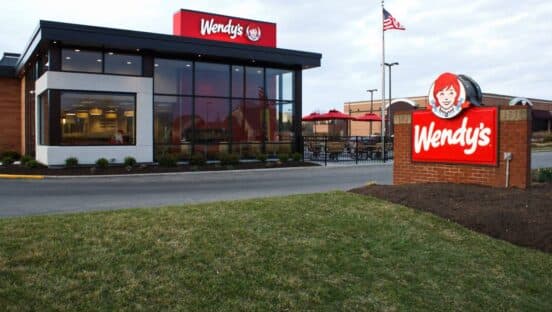A few months ago, I tried to place an order for pickup via my favorite local restaurant’s mobile app, only to be told that the location I had chosen was unavailable. When I walked into the restaurant later that day, several other customers were asking the same question I was: Why couldn’t this location accept orders on the app?
This story illustrates an important development in the restaurant industry. Across the board, customers expect seamless experiences across all channels, whether it be on an app, at the counter, or at an in-store kiosk. They expect access to a personalized mix of digital and human-centric interactions.
However, labor concerns present a challenge for restaurant operators hoping to provide personalized digital-physical service. Nearly two-thirds of restaurant operators say their restaurant doesn’t have enough employees to support existing customer demand. And with elevated employee turnover rates, operators have to constantly retrain new employees on how to work internal tools and interact with customers. With so many physical and digital touchpoints, it’s unsurprising that many customers are left with a fragmented experience.
To offer customers the experiences they’re after, quick-service restaurant operators must find ways to relieve the burden on their employees. This means investing in the right mix of internal and customer-facing tech that allows employees to adjust to their roles more quickly. In turn, this will lead to fewer disruptions across channels and more satisfied customers.
How can stronger data and integrated tech give customers what they want?
Most quick-serves understand they need to digitize to be successful. But what’s the best way to integrate technology so that it complements—rather than complicates—the ordering and pick-up process? To answer this question, you need to understand the identity and preferences of your customer base. For example, how does a customer who places an order on your app differ from your walk-in customers? How do customer preferences differ across regions?
You can get to know your customers at a granular level with streamlined data. This is where a customer data platform (CDP) can help. A CDP centralizes data from all ordering points to provide a comprehensive view of customer behavior, enabling you to offer personalized digital experiences to customers across all touchpoints. For example, imagine your online ordering data indicates a customer has a dietary restriction. When that data is housed in a central repository linked to your loyalty program, it makes it possible to tailor that customer’s reward offers to menu items that accommodate their preference.
A CDP can also provide insights into any inefficiencies caused by operational tools employees use. If the time it takes employees to put in an order increases after you implement a new POS system, that could be a sign that employees are struggling to adjust. Integration should also be a main focus when considering new tech. An in-store kiosk may seem like a smart idea, but it will only cause more problems for your employees if it doesn’t immediately connect to your loyalty program.
Conversely, tech that integrates seamlessly enables new employees to get up to speed quickly, increasing the likelihood of retaining them long-term. This all serves to benefit customers, who don’t have to deal with the disruptions that can arise from employees troubleshooting problems that emerge due to mismatched tools.
Improve employee and customer experiences with seamless technology
Customers who walk into your restaurant expect a level of personalized service that requires widespread changes to accommodate. They welcome digitized experiences, but still desire control over how they order and communicate with your brand. It’s a lot for employees to balance.
Customers who walk into your restaurant have always expected high-quality service. The only difference now is that they expect high-quality service across physical and digital touchpoints. Without seamless technology integrations, your employees will struggle to provide the latter. But by investing in centralized, intuitive tech, you can provide your employees relief and offer customers the mix of digitization and in-person service that they’re looking for.
Hope Neiman is the CMO at Tillster. Hope is passionate about connecting data and analytics with the power of restaurant technology and has led programs resulting in 100 percent YoY revenue growth for 10 consecutive years in the quick service, FCD restaurant and hospitality sector by doing so. She can speak to a variety of topics related to: data + analytics management, UX, customer engagement + loyalty, and marketing operations in the restaurant industry.












